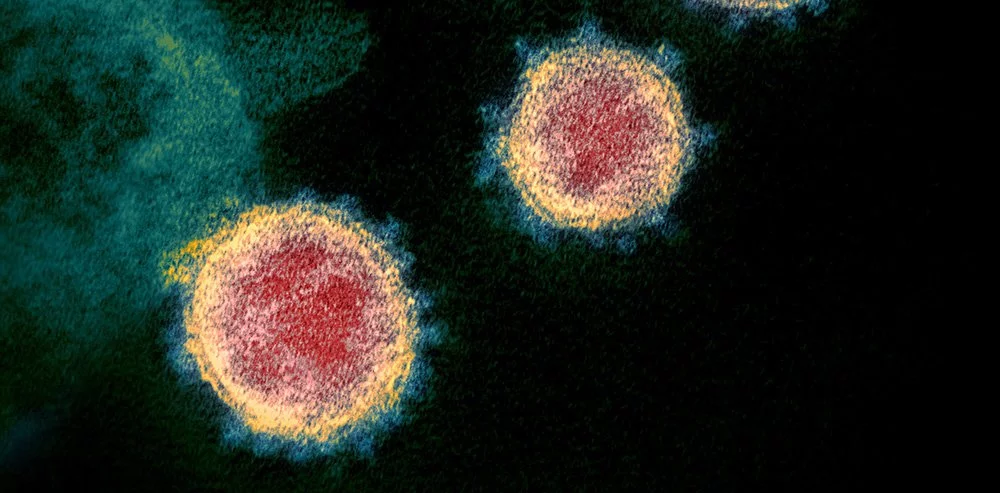New research by UCL and Great Ormond Street Hospital (GOSH), UK, has found that virus DNA left on a hospital bed rail in nearly half of all sites within 10 hours persisted for at least five days.
The study, published in the Journal of Hospital Infection, aimed to safely simulate how the new coronavirus, which causes COVID-19, could spread across surfaces in hospitals.
Researchers artificially replicated a DNA section from a plant-infecting virus instead of using the new coronavirus, a.k.a. SARS-Cov-2. The plant-infecting virus cannot infect humans. It was added to a milliliter of water at a similar concentration to new coronavirus copies found in infected patients’ respiratory samples.
The researchers then placed the water containing this viral DNA on the handrail of a hospital bed in an isolation room. After 10 hours, they found that the surrogate genetic material had spread to 41% of sites that were sampled across the hospital ward, including bed rails, door handles, and armrests in a waiting room.
The spread increased to 59% of sites after three days, which later dropped to 41% on the fifth day.
Senior study author and environmental microbiologist Dr. Lena Ciric said, “Our study shows the important role that surfaces play in the transmission of a virus and how critical it is to adhere to good hand hygiene and cleaning.”
“Our surrogate was inoculated once to a single site and was spread through the touching of surfaces by staff, patients, and visitors,” she added. “A person with SARS-CoV-2, though, will shed the virus on more than one site, through coughing, sneezing and touching surfaces.”
Co-author of the study and Lead Healthcare Scientist at GOSH Dr. Elaine Cloutman-Green said, “People can become infected with COVID-19 through respiratory droplets produced during coughing or sneezing. Equally, if these droplets land on a surface, a person may become infected after coming into contact with the surface and then touching their eyes, nose, or mouth.”
“Like SARS-CoV-2, the surrogate we used for the study could be removed with a disinfectant wipe or by washing hands with soap and water,” Dr. Cloutman-Green added. “Cleaning and hand-washing represent our first line of defense against the virus and this study is a significant reminder that healthcare workers and all visitors to a clinical setting can help stop its spread through strict hand hygiene, cleaning of surfaces, and proper use of personal protective equipment (PPE).”























